What to Know When Considering a Backyard Fire Pit
When contemplating a backyard fire pit, it can’t be digging a hole in the backyard, throwing in some logs and a match. Aside from the obvious safety recommendations you need to follow just like you do with your fireplaces, inserts, and stoves, several factors need to be put into the equation to have a successful outcome.
- Personal taste

- Budget
- Ample space
- DIY or professionally built
- Local Fire Codes
- Insurance considerations
- Type of fire pit
Personal Fire Pit Taste
Personal taste and budget go hand-in-hand when contemplating any home improvement project. Search the internet or home improvement publications to get some ideas for the type of materials (stone or brick) available. Before reaching a final decision, make sure the components you need are available in your area.
What’s Your Budget?
This one is most often the deciding factor on size, style, and design. There is little satisfaction in putting a budget-breaking fire pit in if it will cause financial ruin, so be realistic with all of your goals.
Do I Have Enough Yard Space For a Fire Pit?
Is there ample space to enjoy the fire pit? Many municipalities require the fire pit to be a certain distance from homes (including neighbors), outbuildings, fences, and trees. Fire pits need to have room between the fire itself and seating. No one wants to get burned from sitting close to the fire.
DIY vs Hiring a Professional
The choice between a Do-it-Yourself or a professional project is many times the easiest decision. Is there enough time to complete the project? What kind of family disruptions will be created in the process of conclusion? If the budget permits, many times, it’s just easier to let someone else do it.
Check Local Fire Codes
Local Fire Codes may prevent you from having a fire pit at all. Check with the fire department in your area. Each region has specific fire codes that must be followed. Spending the money to build the fire pit and having the fire department say it’s not up to code and you must move it is not a pleasant scenario. If you live in a wildfire area, these fire mandates may shut down the fire pit before it gets started.
Homeowner’s Insurance Concerns
Insurance considerations may have a say in how much you pay to insure your home and property. Once again, if you live in a high wildfire, insurance rates may increase. Often the addition of a sizable fire pit may increase the value of your home and cause rates to escalate.
 Fuel Choice
Fuel Choice
The type of fire pit, not the design, but the fuel, is an option. This decision cannot be after the firepit has been built but in the planning. Many people enjoy a crackling fire; with its smells and sounds, it is relaxing. The drawback is having to have a steady supply of firewood. There is a propane or natural gas-powered fire pit; some would say it has no romance. That may be true but, changing the propane tank takes a lot less effort than stacking wood.
Many homeowners think only of the design and the surroundings of a fire pit. Consider all the above, ask around, and ask the local zoning commission when you have a strategy. Make sure the design and type of fuel you are planning to use are within the building code.
For more questions, professional advice, and estimates, contact Northeastern Chimney, LLC. Also, give us a call to schedule or inquire about our chimney cleaning, inspections, maintenance and repairs.
Northeastern Chimney, LLC
37 Cody Street
West Hartford, Connecticut 06110
Phone: 860-233-5770
This post first appeared on https://www.mychimney.com

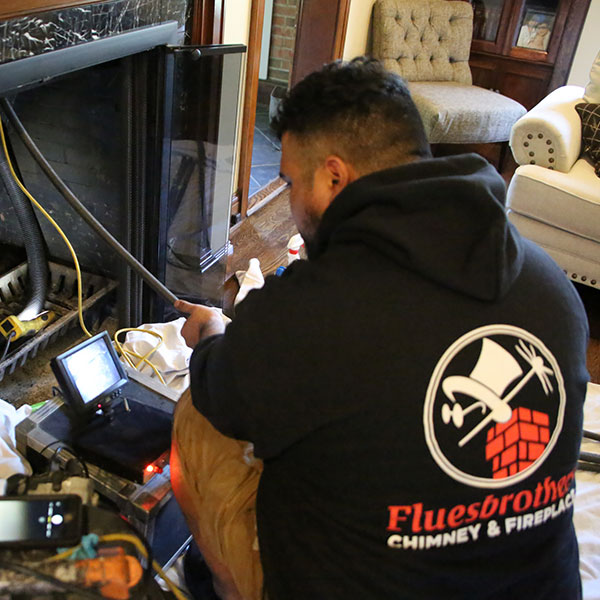 We’ll look at some of those options, but first, here are five tasks to accomplish before decorating.
We’ll look at some of those options, but first, here are five tasks to accomplish before decorating. Put your mantel to good use: If you don’t have a lovely mantel over your fireplace, consider installing one. Mantels are ideal settings for antiques, kids’ artwork, floral arrangements, spring- and summer-themed decorations, clocks, mirrors, family photos and other attractive items.
Put your mantel to good use: If you don’t have a lovely mantel over your fireplace, consider installing one. Mantels are ideal settings for antiques, kids’ artwork, floral arrangements, spring- and summer-themed decorations, clocks, mirrors, family photos and other attractive items.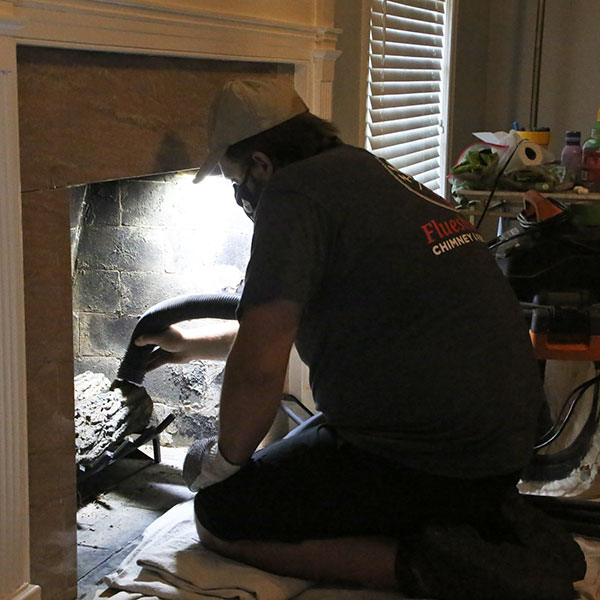 Hire a Chimney Sweep to Clean the Fireplace and Chimney.
Hire a Chimney Sweep to Clean the Fireplace and Chimney.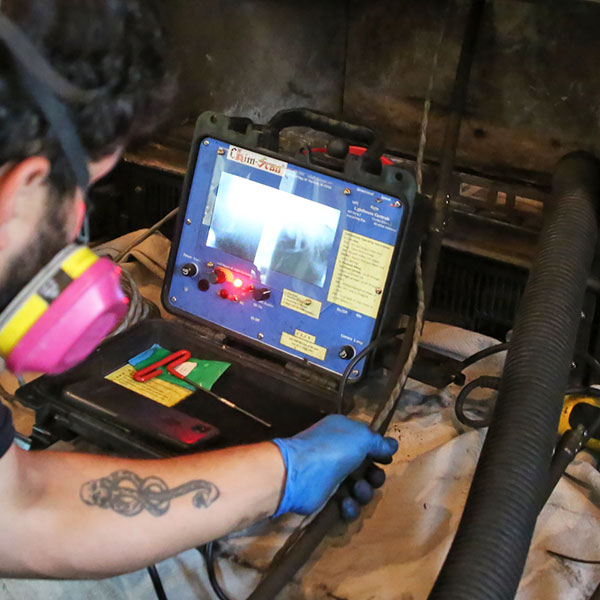 Get an Annual Chimney and Fireplace Inspection.
Get an Annual Chimney and Fireplace Inspection.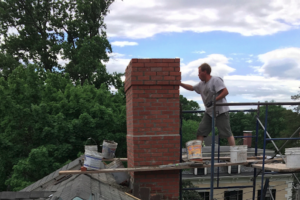 The Real Estate market is booming in New England and most are looking at homes with chimneys. Fireplaces add a charming look to any house and they provide warmth and a place to gather during the long winter months. Many homebuyers want to know, “how long do chimneys last” in order to decide if negotiating chimney repair during the purchasing process is warranted. Homeowners wonder the same thing as they try to keep up with regular chimney maintenance. Today, we will dive into how long the typical chimney lasts, along with how to know when to have your chimney rebuilt.
The Real Estate market is booming in New England and most are looking at homes with chimneys. Fireplaces add a charming look to any house and they provide warmth and a place to gather during the long winter months. Many homebuyers want to know, “how long do chimneys last” in order to decide if negotiating chimney repair during the purchasing process is warranted. Homeowners wonder the same thing as they try to keep up with regular chimney maintenance. Today, we will dive into how long the typical chimney lasts, along with how to know when to have your chimney rebuilt.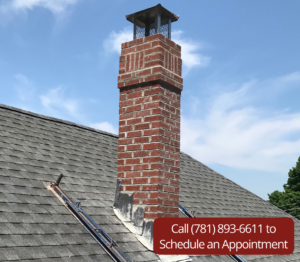
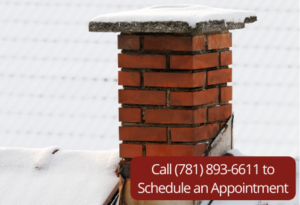
 The repellent “reacts with the minerals in masonry in the presence of ultraviolet light and atmospheric moisture. This reaction forms strong permanent bonds beneath the surface and creates a hydrophobic zone that prevents water molecules from penetrating, while allowing free migration of water vapors. The chemical bonds formed in this process allow ChimneySaver Water-Base Water Repellent to become an integral part of the substrate and provide long term water repellent protection.”
The repellent “reacts with the minerals in masonry in the presence of ultraviolet light and atmospheric moisture. This reaction forms strong permanent bonds beneath the surface and creates a hydrophobic zone that prevents water molecules from penetrating, while allowing free migration of water vapors. The chemical bonds formed in this process allow ChimneySaver Water-Base Water Repellent to become an integral part of the substrate and provide long term water repellent protection.”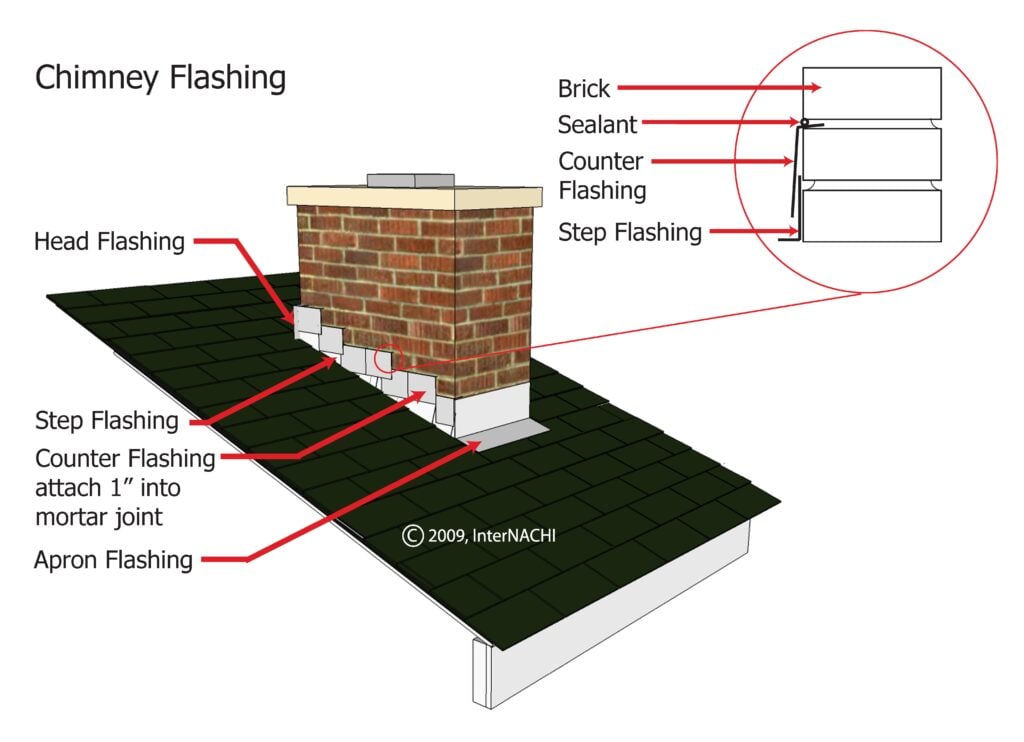

 Northeastern Chimney has been installing and servicing fireplaces for nearly four decades. We provide continuing education for our technicians and provide them with the most up-to-date equipment on the market.
Northeastern Chimney has been installing and servicing fireplaces for nearly four decades. We provide continuing education for our technicians and provide them with the most up-to-date equipment on the market.